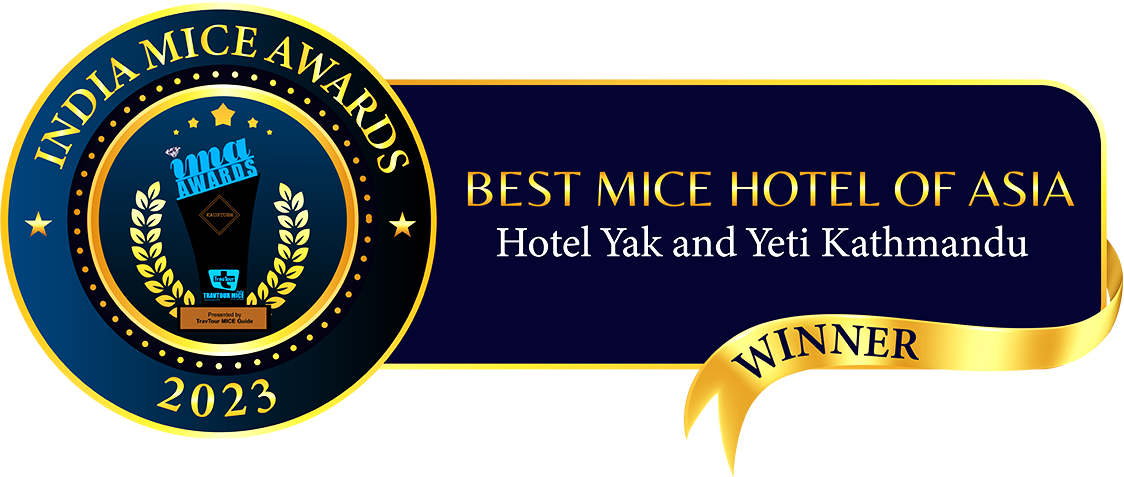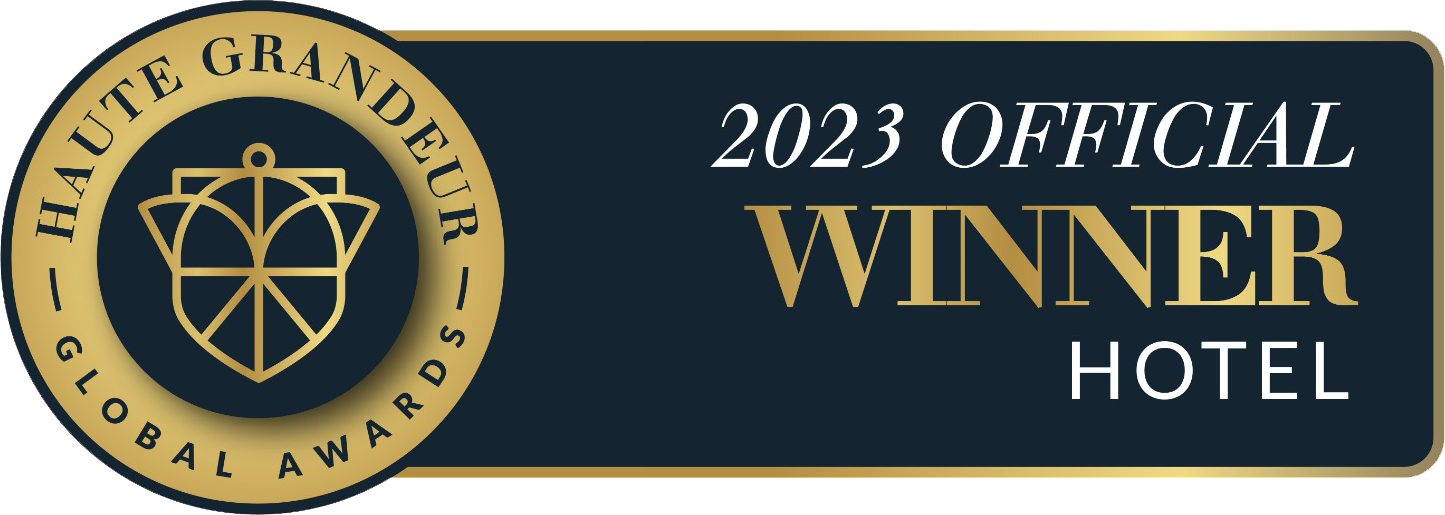History
In the year 1885 A.D, Bir Shumsher Jung Bahadur Rana, one of the most distinguished of the powerful Rana Maharajas and a renowned builder and musician, built the most elegant palace theatre in Kathmandu.
Rana Dynasty
The opulent Rana Dynasty began in 1846 and during the following century Kathmandu’s
gorgeous neoclassical architecture bloomed to compliment the decadent life of grandeur of the
Rana's.
Lal Durbar Palace
Forty years later, continuing in the tradition of Rana splendor, Jung Bahadur’s nephew, Bir
Shumsher Rana, built the grand Lal Durbar or the Red Palace as a theatre and residence for his
family. The red marble was shipped in from Italy and carried from Calcutta to Kathmandu on the
backs of porters along with many other precious items. Mirrors and chandeliers were also
imported from Europe – no expense spared in homage to the decadence of the era. The
Maharaja’s bedroom, now the Dynasty room is a classic example of the opulence in design and
execution with gold embossed walls, gilt mirrors and exquisite chandeliers.
Boris Lissanevitch & King Tribhuvan
Nearly a century after the Rana rule began, in 1944, King Tribhuvan met a charismatic Russian by the name of Boris Lissanevitch in Calcutta at the infamous 300 Club. Boris was a chef, a former ballet dancer and Russian Army deserter and the king was fascinated by this enigmatic character. Thus started the beginning of a friendship that could be considered to have changed the course of Nepal’s history. Soon after the King invited Boris and his young bride Inger, to Nepal for Prince Mahendra’s wedding. There was no looking back for Boris – he immediately fell in love with Nepal and soon took up residence in Kathmandu.
The Royal Hotel
Whether Boris did actually have any involvement in restoring the Shah dynasty to power
remains rife with speculation but there is no doubt, it was his role in opening Nepal to foreign
tourism that changed the country forever. In the early 1950s, Boris opened the Royal Hotel in an
old Rana palace. This was Nepal’s first luxury hotel and a place fit for western dignitaries and
tourists. For many years, the Royal Hotel’s bar and restaurant, the Yak & Yeti, was a popular
destination for the few expats working in development, mountaineering parties that were
staring to gain momentum and the local elite. There wasn’t really any competition and the Royal
Hotel became a famous destination in circles abroad. As tourism in Nepal boomed and other
hotels were established, business at the Royal Hotel declined and in 1969, the famous hotel
closed.
Yak & Yeti Restaurant
The Yak & Yeti restaurant and bar of the Royal Hotel had been a popular destination so Boris opened another restaurant in the Lal Durbar palace along with his business partner, Radhe Shyam Saraf. This was still the only fine dining restaurant in Kathmandu and garnered a good reputation with Boris’ creative international menu. The idea of expanding into a hotel followed naturally and after four years of building, the Yak & Yeti Hotel opened on 27 September 1977 to celebrate world tourism day. Initially 120 rooms, in the early 90s, an extension of an additional 121 rooms was added bringing the total to 241 rooms for this 5-star property. The new wing was designed to compliment the style of Lal Durbar and throughout the property traditional Nepali features have been preserved to offer an exceptional environment while providing all the modern facilities and comforts required for 5-star luxury.
The Yak & Yeti Hotel as it stands today is inextricably linked to Nepal’s colourful history, proudly showcasing the beautifully restored Lal Durbar space as part of Kathmandu’s biggest convention center. Artifacts and antiques have been lovingly preserved throughout the property maintaining the Rana splendor of long ago.
The Yak & Yeti Hotel as it stands today is inextricably linked to Nepal’s colourful history, proudly showcasing the beautifully restored Lal Durbar space as part of Kathmandu’s biggest convention center. Artifacts and antiques have been lovingly preserved throughout the property maintaining the Rana splendor of long ago.
© Hotel Yak & Yeti. All rights reserved.
Website by: Curves n' Colors
Website by: Curves n' Colors






